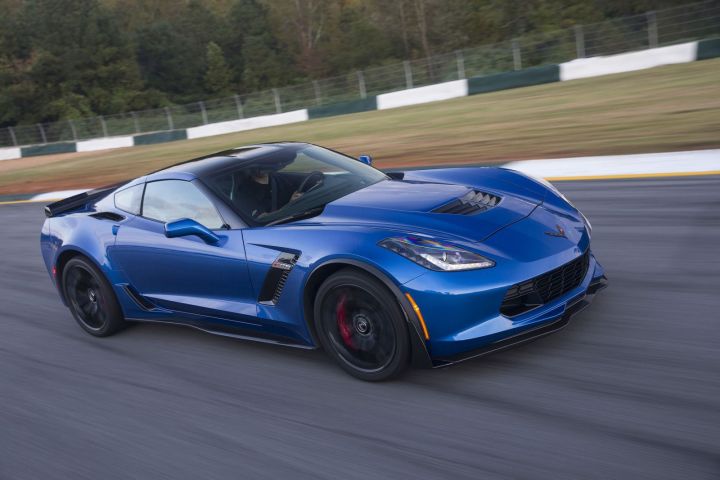
Magnetic Ride Control is GM’s proprietary adaptive suspension system found on cars like the latest Chevrolet Corvette to the Cadillac CT6 luxury sedan. Developed by Delphi Automotive and now used on many cars, from much of GM’s stable to some of today’s Ferraris, it separates itself from other air- and hydraulic-based adaptive suspension systems by utilizing a hydraulic mixture of fluid and magnetic filings. Then, when a specific electric signal is pulsed through the liquid, engineers can control the viscosity and thus, suspension shock behavior on the fly. It’s downright brilliant, and it first launched on the Cadillac Seville STS from 2002.
According to the release, the software update consists of new software calibrations that improve performance and response while bettering ride quality. It also includes a new “Track” mode that served up some faster lap times when the new calibrations were applied to current Corvette Z06 FE6 and FE7 models.
More specifically, Chevrolet engineers were able to knock off a whole second off of a 2016 Corvette Z06’s lap time around GM’s own 2.9-mile Milford Road Course.
Here’s the full list of C7 Chevrolet Corvette models that benefit from new Magnetic Ride Control calibrations:
- 2014-16 Stingray with Z51 features new calibrations in Tour and Sport modes.
- 2016 Stingray (non-Z51) features new calibrations in Tour, Sport, and Track modes.
- 2015-16 Z06 (non-Z07) features new calibrations in Tour, Sport, and Track modes.
- 2015-16 Z06 with Z07 Performance Package features new calibrations in Tour, Sport, and Track modes.
“These new calibrations leverage the latest tuning strategies of the Corvette development team to offer increased performance, while improving ride quality,” said Jim Campbell, GM’s U.S. vice president of performance vehicles and motorsports. “The result is a greater feeling of balance and more linear responses to driver inputs — changes you’ll feel and appreciate immediately.”
New Corvettes equipped with Magnetic Ride Control get the new software update while current owners with the setup will need $350 and some time to spend at a local Chevrolet dealer. Chevrolet confirms that there are no hardware changes and the new calibration is factory backed with no effect on warranties.


